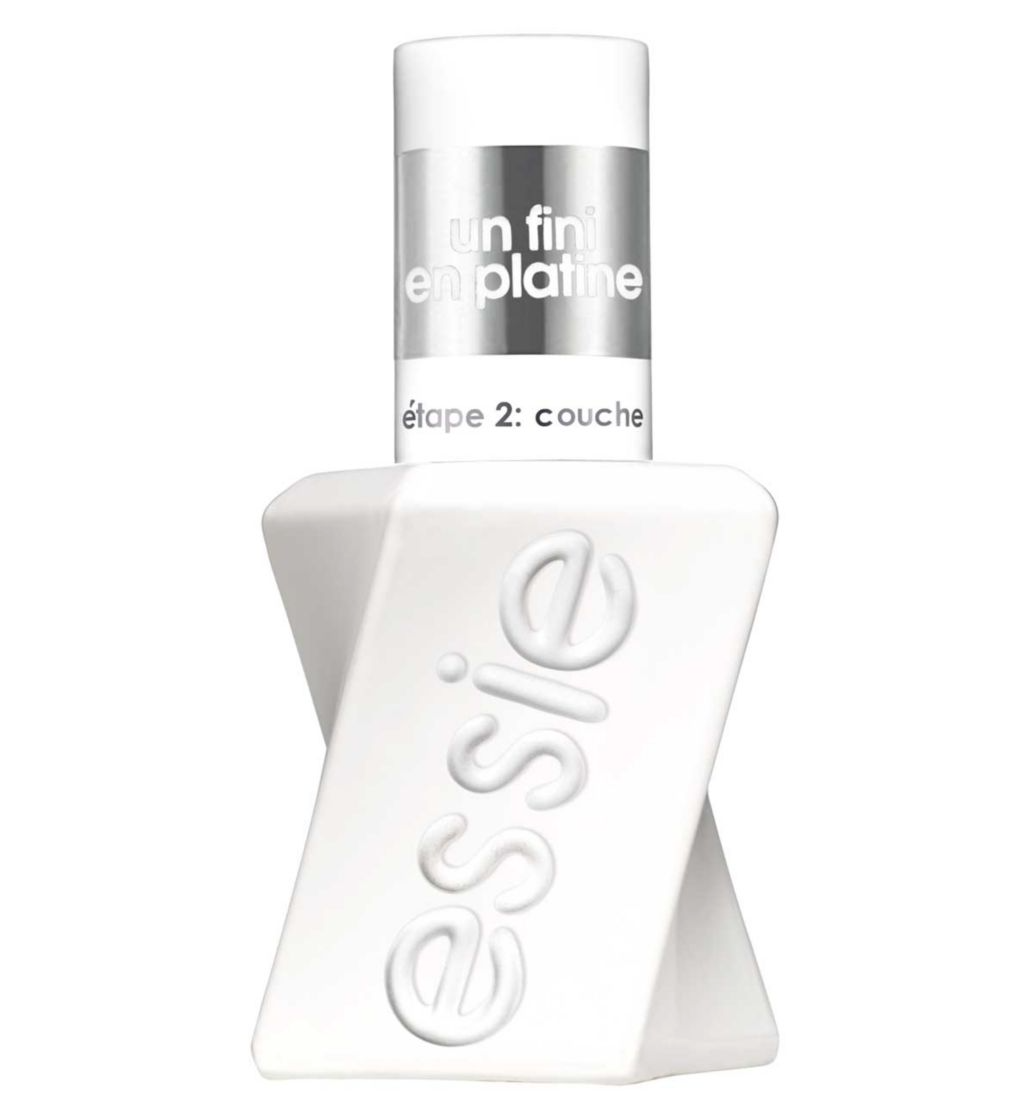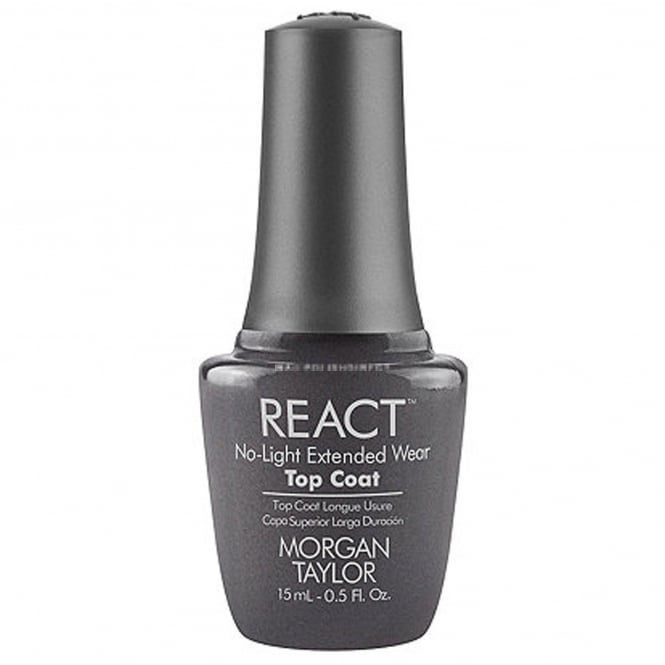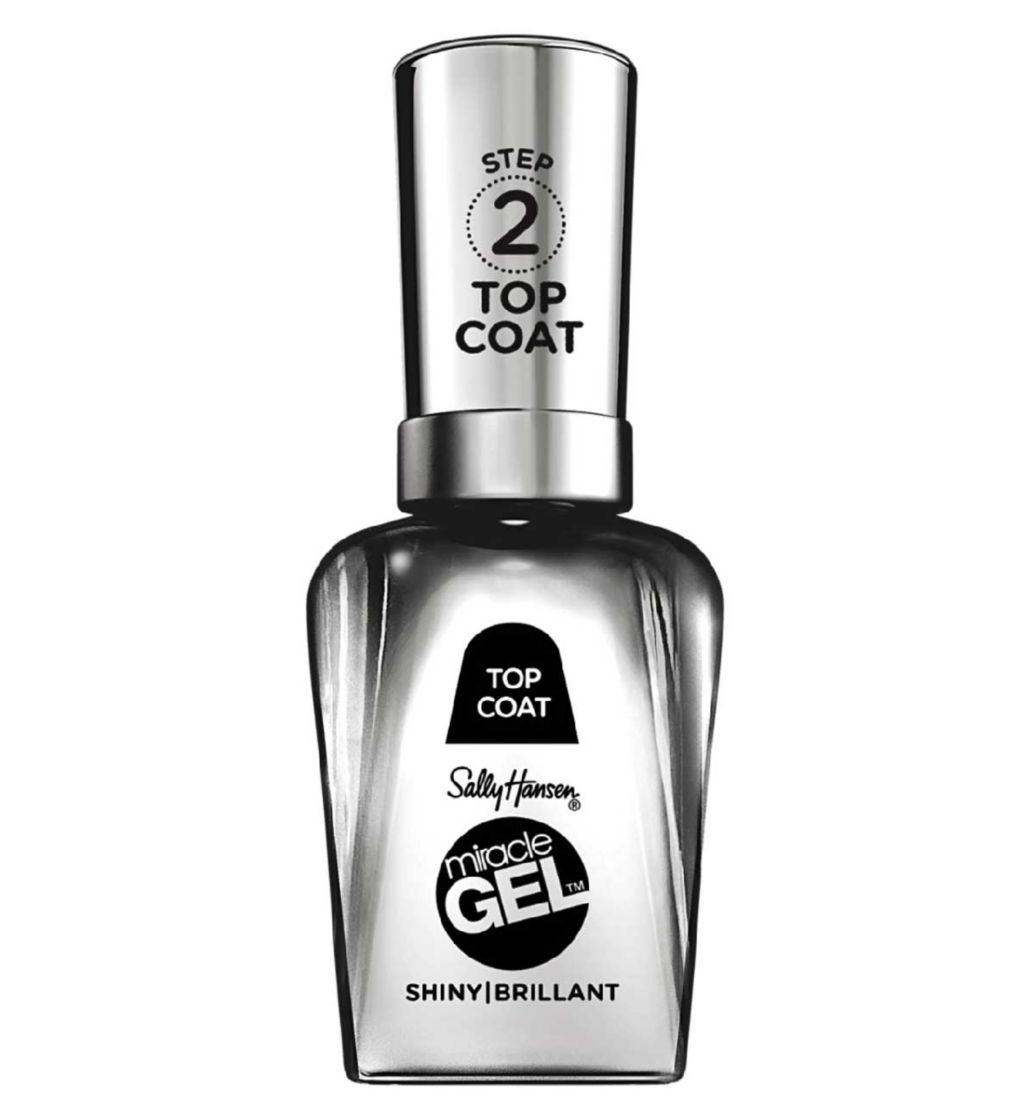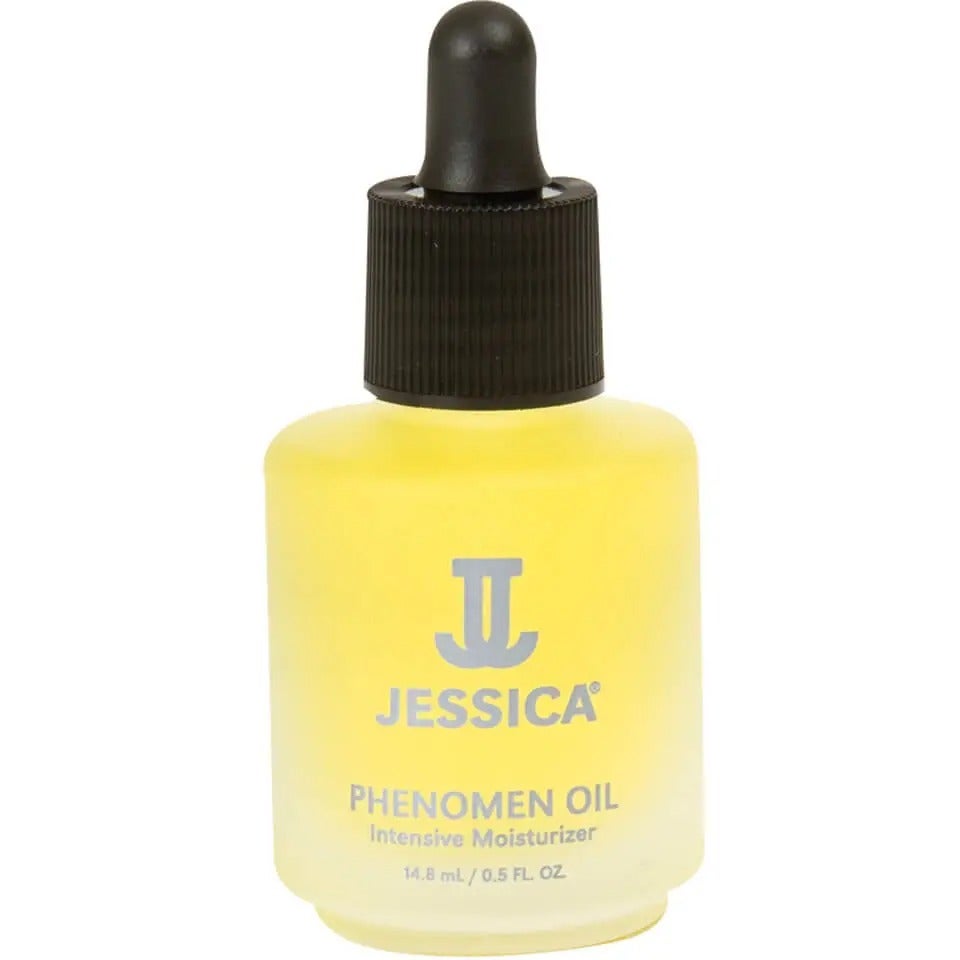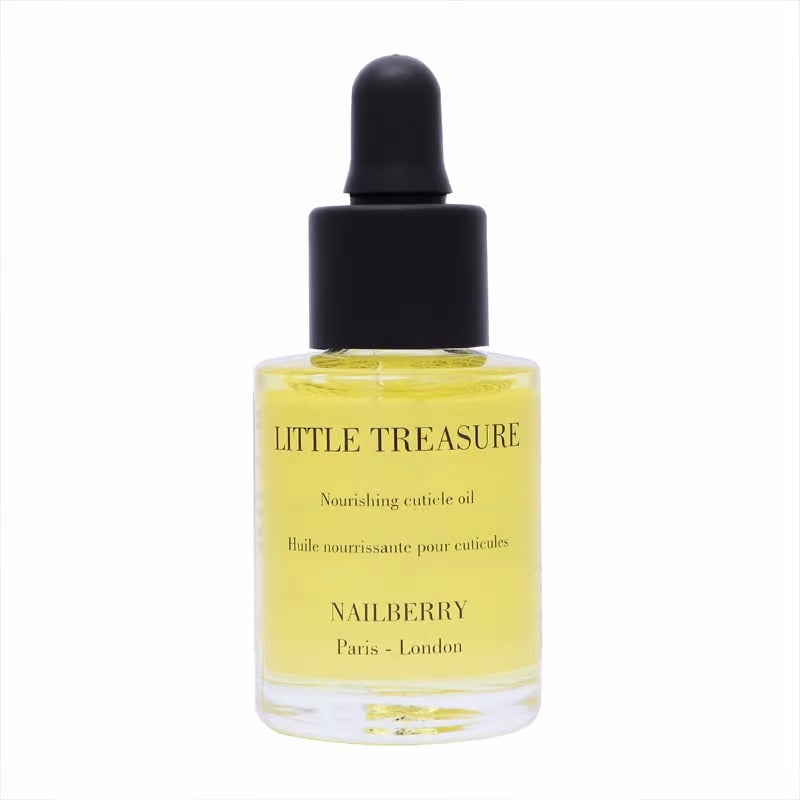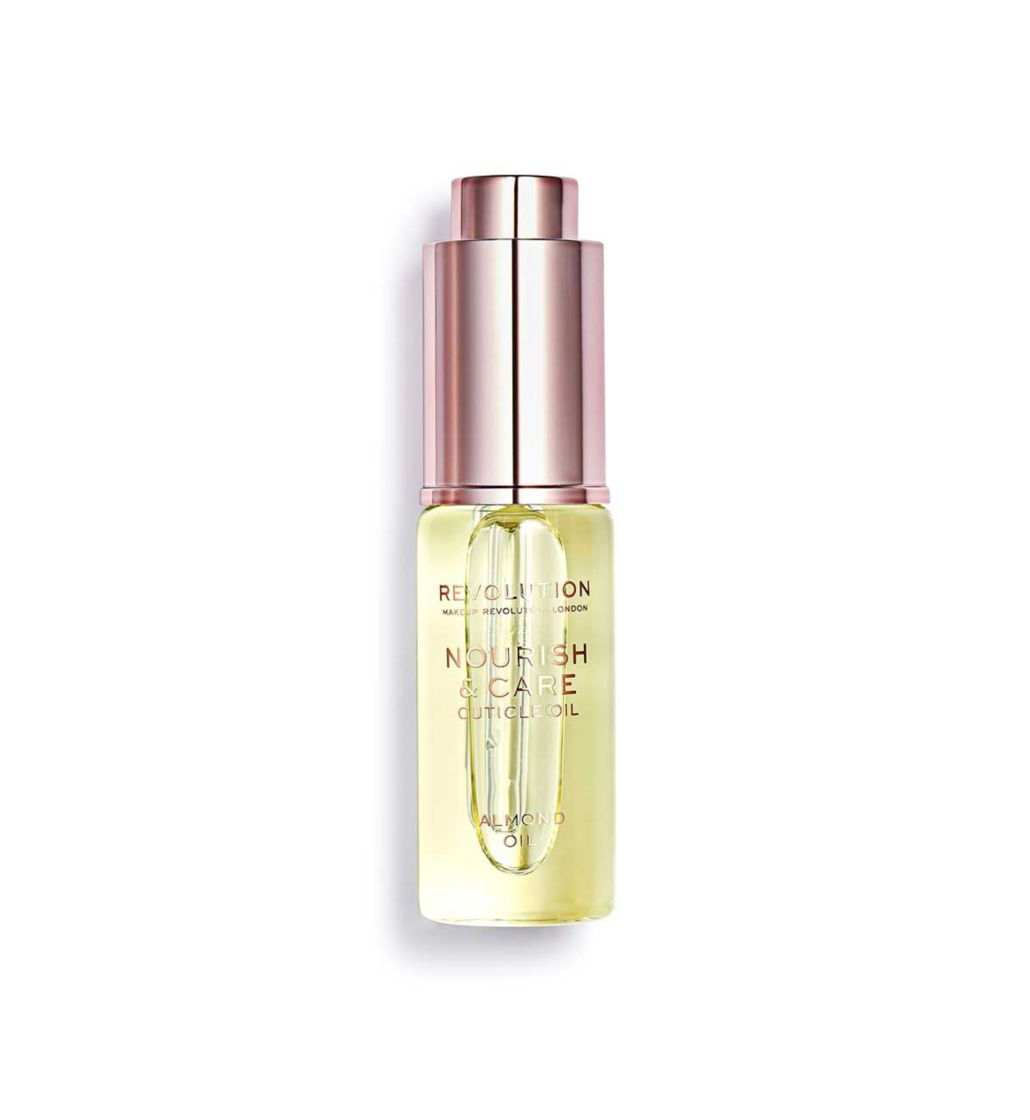There's something about the cold, winter air that is public enemy no.1 for a lot of things, especially when it comes to beauty. We're talking dry skin, parched hair — and a fresh coat of nail paint. Sure, we have to experience those long, dark freezing days to really be able to appreciate the fabulous warmer ones. But I can't be the only one to notice that the cold is particularly hard on manicures.
Why the cold weather is hard on your hands and nails
The perfect storm which can cause a chipped manicure in the winter months isn’t created by one thing — it can be multiple factors. The temperature variations (both indoor and outdoor) can lead to dry, too-warm environments, for example. “Those large fluctuations in temperature and humidity cause the polish on your nails to expand and contract, and it is this flux that causes polish to lift, separate and chip,” explains Dr Dana Stern, board-certified dermatologist, nail-disorder specialist and founder of Dr Dana Nail Care. Because of this, nails also tend to be more brittle and prone to breakage and peeling in the winter, leading to nails that don’t take on polish as easily as in other environments.
AdvertisementADVERTISEMENT
On top of everything else, winter makes us more susceptible to illness. Think colds and flu, not to mention coronavirus and RSV. That means you're washing your hands more, right? “The nails are 1000% more absorptive of water than the skin,” explains Dr Stern, “and so the influx of water will put a lot of strain on the nail cells.” This, says Dr Stern, can make them more prone to brittleness, peeling and breakage, so it's no wonder polish doesn't stay on for very long.
How to protect your nails from the cold
So how can you make your manicure last as long in the winter as it does in other seasons? There are plenty of ways you can fight the elements. It starts by thinking of the nail as a blank canvas, rather than just a nail, making sure it's strong, smooth and even in order for the polish to apply smoothly.
Your manicure lives and dies by a good-quality base coat and top coat. Morgan Haile of Morgan Taylor Nail Lacquer recommends using a base coat infused with vitamins to keep your natural strong while you wear your favourite colour, like the React Breathable 3-in-2 Top Coat, £12.95, which boasts renewing vitamin A and moisturising vitamin E. Also try a top coat with a gel-like formula to really help seal the colour onto the natural nail. R29 rates Sally Hansen Miracle Gel Nail Polish Shiny Top Coat, £9.99, and Essie Gel Couture Top Coat, £9.99. We’re not saying your nails will be like Teflon, but we’re sure you’ll see a longer polish life.
AdvertisementADVERTISEMENT
As mentioned above, try to avoid getting your nails wet too often. Always wearing gloves while doing dishes or any chores which involve water will save your polish. Another tip which may seem obvious is opting for shorter nails, which are always less prone to breakage. Check your nail file first, though. A crystal nail file will do you miles better than a paper or cardboard emery board will, because while cardboard files are inexpensive, they can cause microscopic splits at the tip of the nail, which may lead to peeling and cracks. These openings will eventually cause polish to lift and chip.
Do nail strengtheners work?
Nail strengtheners have their place, but Dr Stern suggests avoiding them if your manicure doesn't stick around. Why? She says that some products on the market contain formaldehyde or formalin, which can cause irritation and reactions. The FDA reports that formaldehyde fuses with the keratin that appears naturally in nails, and this makes the nail harder. “Formaldehyde will initially harden the nail, however with time, the nail becomes paradoxically brittle,” Dr Stern explains. Here the nail may also be at risk of lifting or separating off of the nail bed, she says, an issue called onycholysis.
AdvertisementADVERTISEMENT
Instead, if you want nourishment for your nails, Dr Stern recommends using products that are rich in ingredients like sunflower oil or brazil nut oil, which she says have been shown to increase nail flexibility and can help combat brittleness. You’ll ideally want to massage them into your cuticles several times a day, but if you’re a big hand washer, after every wash is the most ideal.
Can you exfoliate your nails?
If you've tried all of the above, you might want to try TikTok hack nail exfoliation (basically how you might do a chemical peel for the skin in order to remove the superficial layers of dead cells). One ingredient your nails will soak up is glycolic acid. Studies have shown that it’s great for rejuvenating brittle nails. It is also considered to be a humectant, which means it's good for holding onto moisture.
“By removing the damaged layers of superficial onychocytes [essentially nail cells which control growth] you can enable the absorption of the ingredients that help to hydrate and fortify the nail,” explains Dr Stern, such as moisturising cuticle oils and hand lotions. That way, any nail polish you apply on top is more likely to stay intact.
Refinery29's selection is purely editorial and independently chosen – we only feature items we love! As part of our business model we do work with affiliates; if you directly purchase something from a link on this article, we may earn a small amount of commission.
AdvertisementADVERTISEMENT







